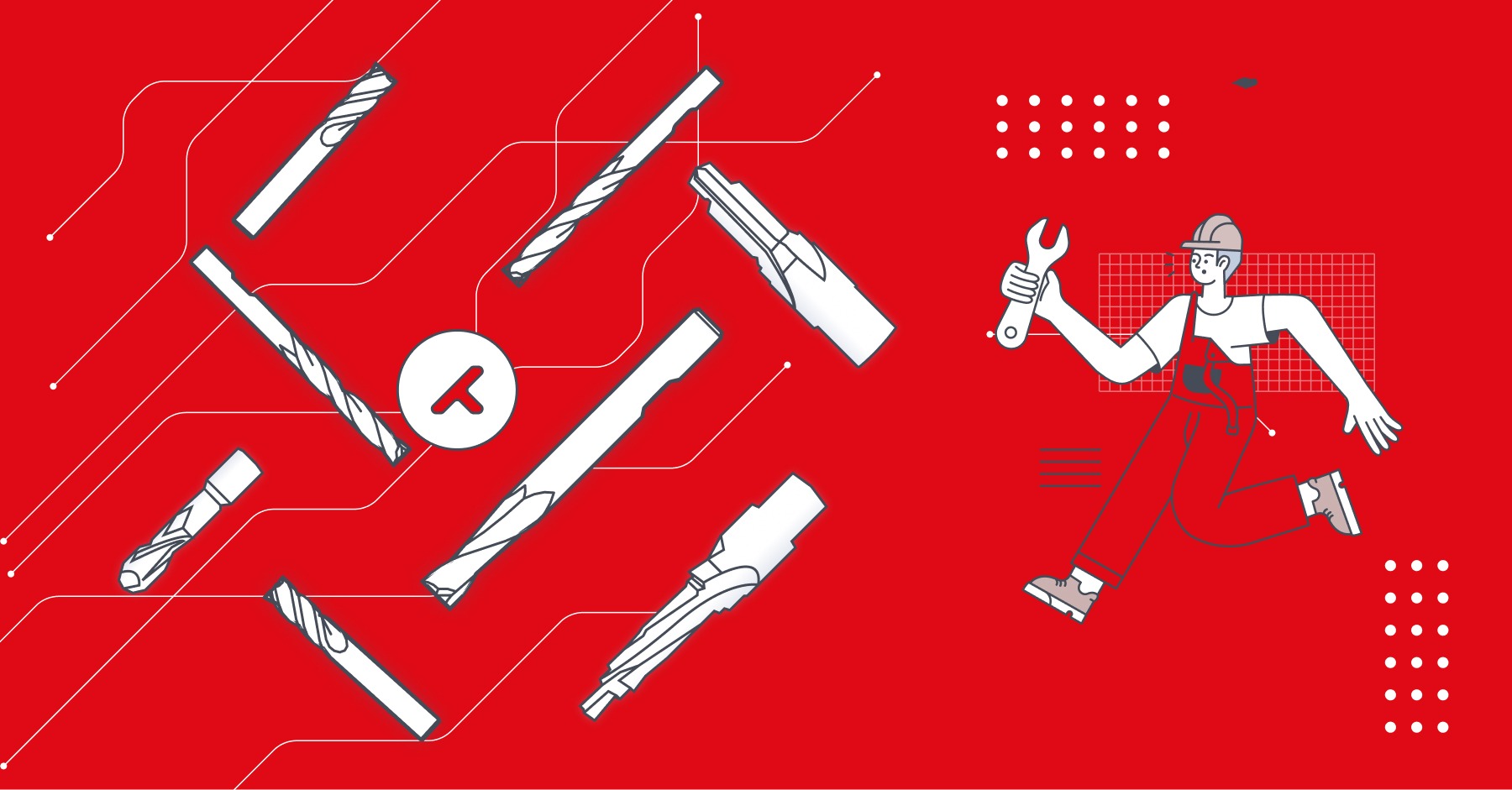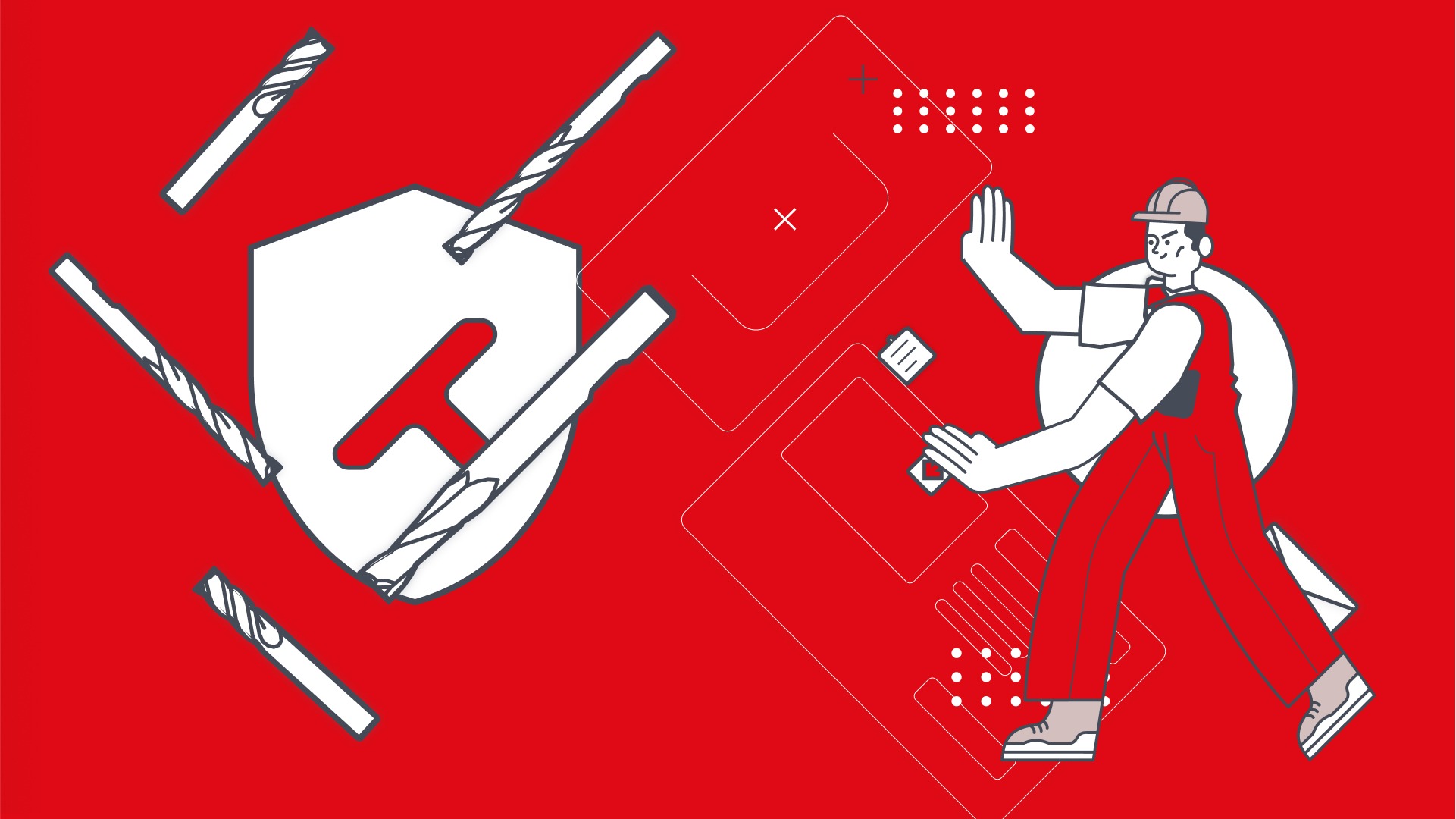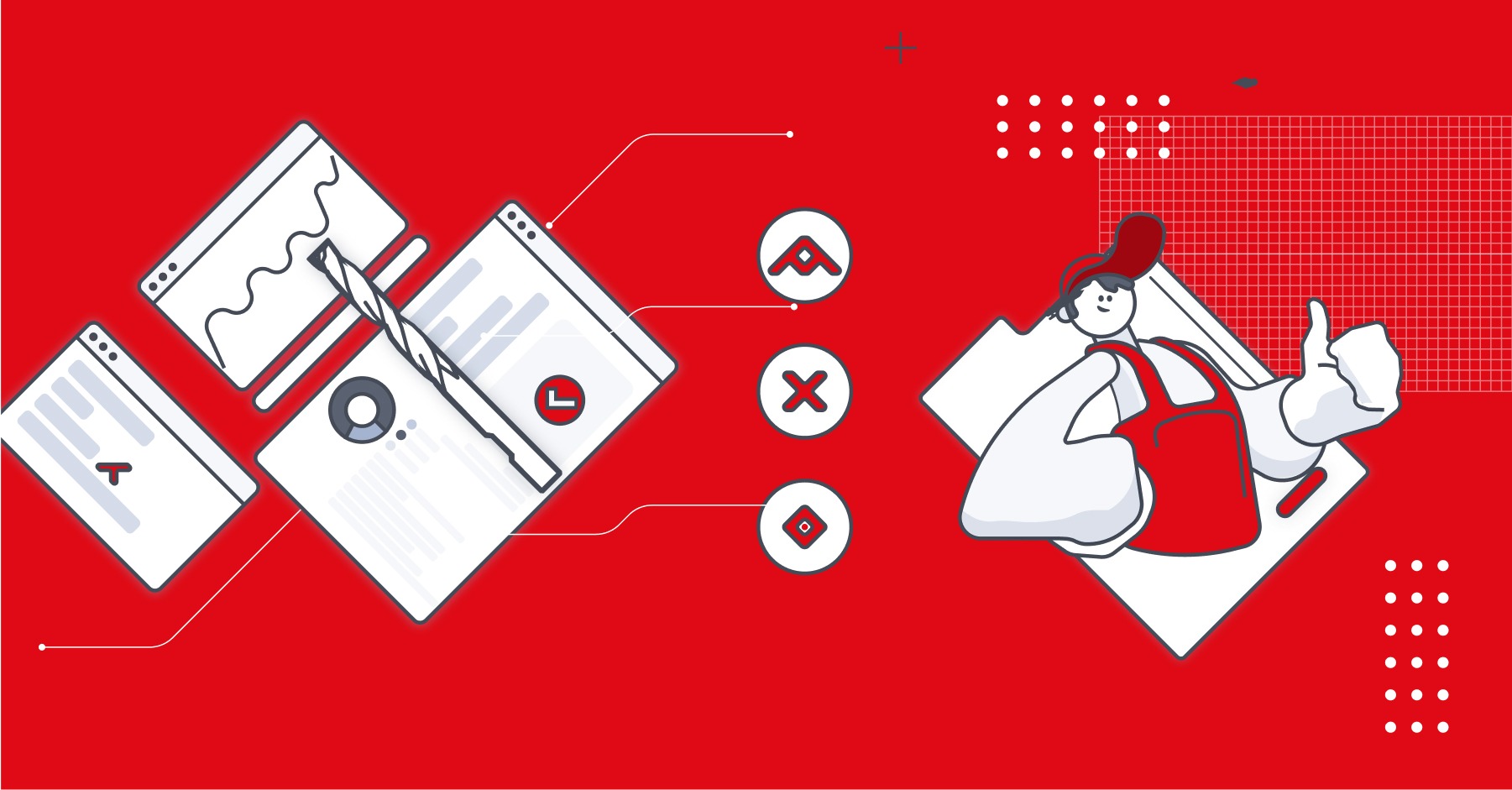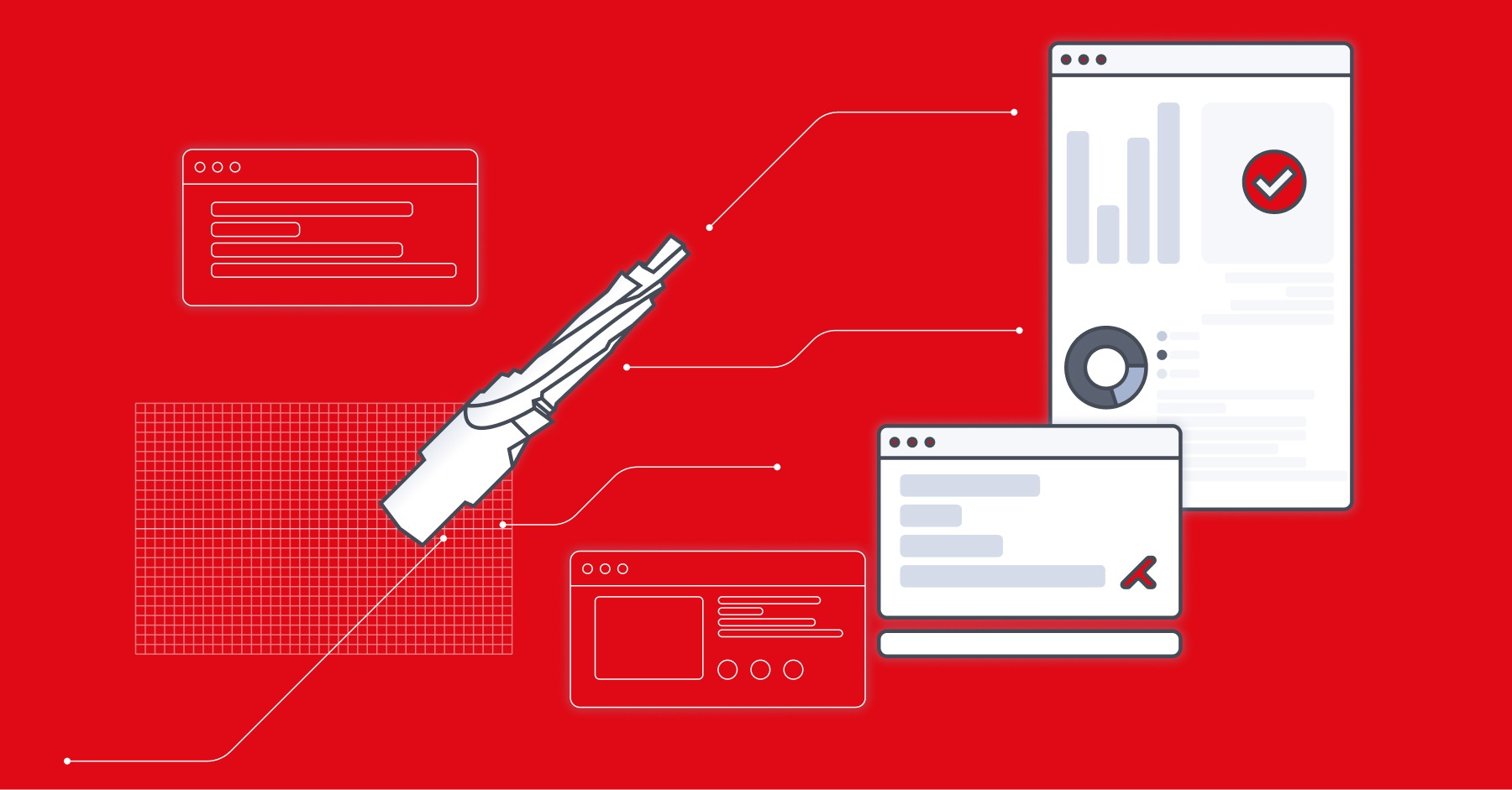In an increasingly demanding and fast-paced industrial world, operational efficiency is not simply a competitive advantage, but a vital necessity. In the precision machining industry, the bet on efficiency becomes even more crucial, especially when it comes to areas as complex as hydraulics. For this reason, it is important to adopt some best practices to optimize processes and maximize results:
- Automatize repetitive operations
One of the first strategies to be adopted to improve operational efficiency in precision machining is automation. Thanks to recent technological developments, it is now possible to automate many of the repetitive and standardized operations, allowing workers to focus on more complex, higher-value-added tasks.
In addition, automation ensures greater precision and consistency in the production process, minimizing human error and increasing the quality of the final product.
- Use advanced measurement tools
Another key best practice for improving efficiency in precision machining is the use of advanced measuring tools. With these tools, accurate, real-time data on machining quality can be obtained, allowing timely action to be taken in case of errors or variations.
In addition, the use of advanced measuring tools reduces inspection time and ensures greater accuracy than manual inspections.
- Develop an efficient management system
Another key factor in improving efficiency in precision machining is the development of an efficient management system. This system must include good organization of activities, definition of clear roles and responsibilities, and proper training of employees.
In addition, it is important to constantly evaluate the management system and make any improvements to ensure an increasingly efficient and optimized production process.
Adopting strategies aimed at increasing operational efficiency is critical to maintaining competitiveness in the precision machining industry, especially in critical areas such as hydraulics.
Below is a detailed guide of best practices broken down into quarterly plans, with the goal of optimizing production processes and improving Overall Equipment Effectiveness (OEE), in OYO Special Tools.
First Quarter: Analysis and Planning.
- Objectives: Identification of major areas of inefficiency through a detailed internal audit. Establish specific KPIs to monitor production yield rate (Yield), defect rate (Defect Rate) and mean time between failures (MTBF).
- Milestones: Implementation of production process mapping to highlight bottlenecks, waste and non-value-added activities. Formation of a cross-functional team to analyze data and prioritize interventions.
Second Quarter: Implementation of Targeted Improvements.
- Objectives: Introduction of advanced technologies for minimizing downtime and optimizing machining processes. Implementation of training programs for staff on new working methods and adopted technologies.
- Milestones: Installation of smart sensors for predictive maintenance. Initiation of specific training courses in new technology management and problem solving techniques.
Third Quarter: Process Optimization.
- Objectives: Analysis of data collected in previous months to identify further room for improvement. Emphasis on predictive maintenance to reduce downtime.
- Milestones: Implementation of process changes based on data analysis. Evaluation of the effectiveness of introduced technologies and adjustment of maintenance plans.
Fourth Quarter: Evaluation and Adjustments.
- Objectives: Measurement of improvements achieved through defined KPIs. Adjustment of the strategy based on the results obtained and feedback collected.
- Milestones: Comparative analysis of operational efficiency data pre and post implementation of the strategy. Planning of further improvement actions for the following year.
Identification of Inefficiencies and Response Measures.
The key to identifying inefficiencies lies in detailed, data-driven analysis of production processes. Using data analytics tools, inefficient production patterns, bottlenecks and process anomalies can be detected. Once these areas for improvement are identified, response measures include:
- Optimization of Production Layouts: Redistribution of resources and workstations to minimize handling times and improve production flow.
- Targeted Training and Competency Development: Specific training programs to fill skill gaps and improve staff operational efficiency.
- Technology Implementation: Adoption of innovative technology solutions, such as predictive maintenance and real-time monitoring systems, to reduce downtime and improve product quality.
Through these best practices, even a small company like OYO Special Tools in the tooling industry can significantly improve operational efficiency, reducing costs and production time and increasing the quality of the finished product. The strategic approach, based on constant monitoring and adjustment, allows them to dynamically respond to production challenges and maintain a competitive advantage in the market. And this is what we aim for.






